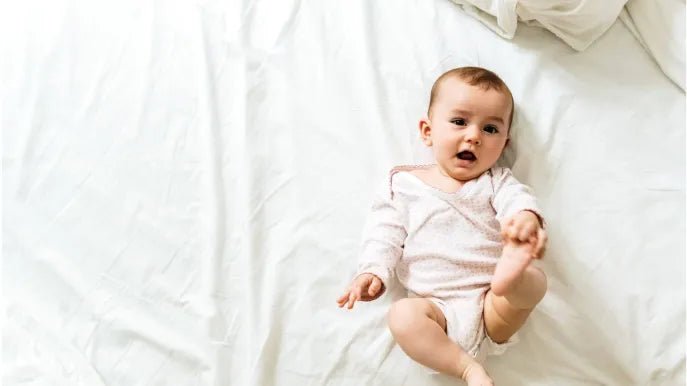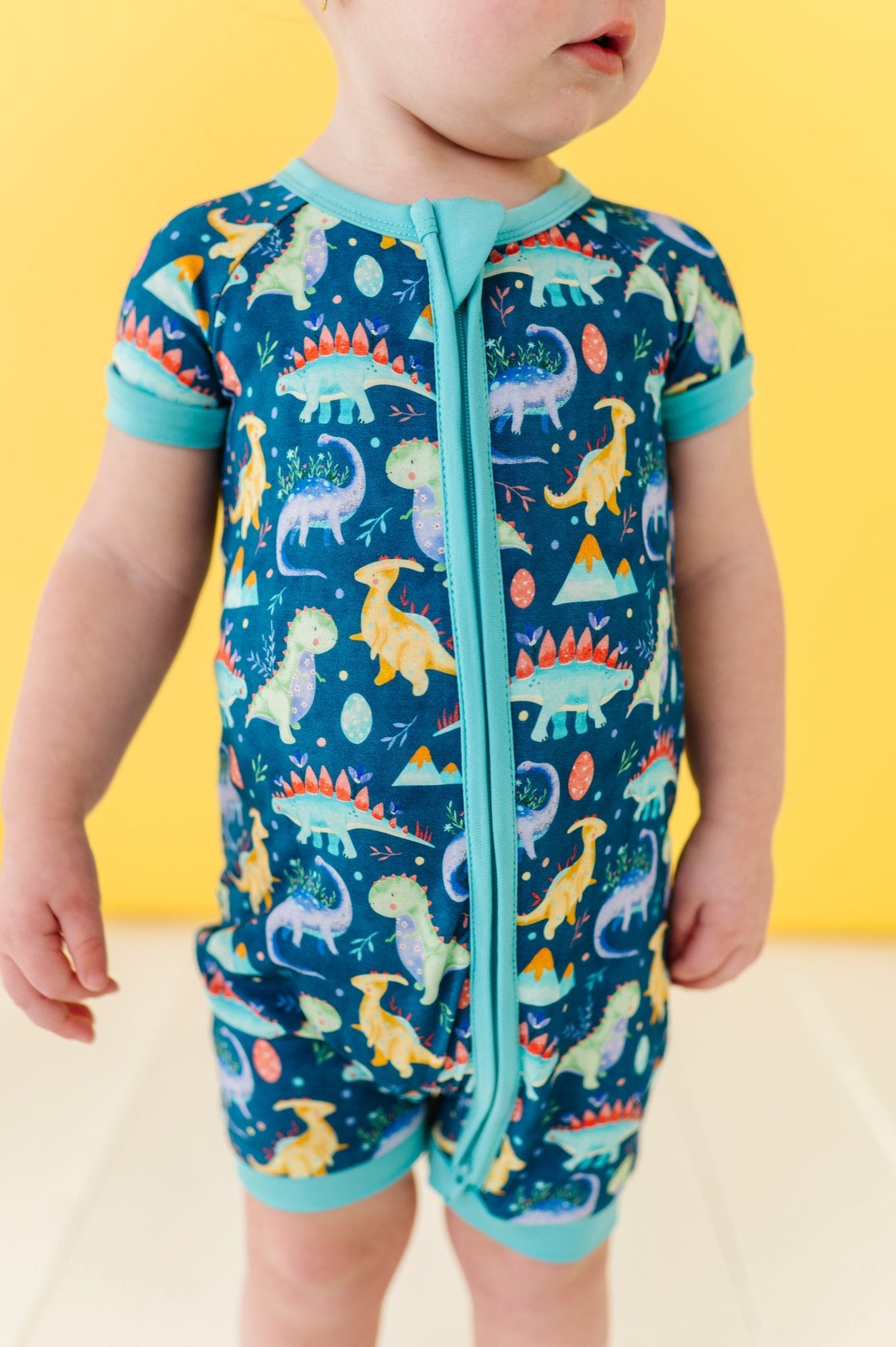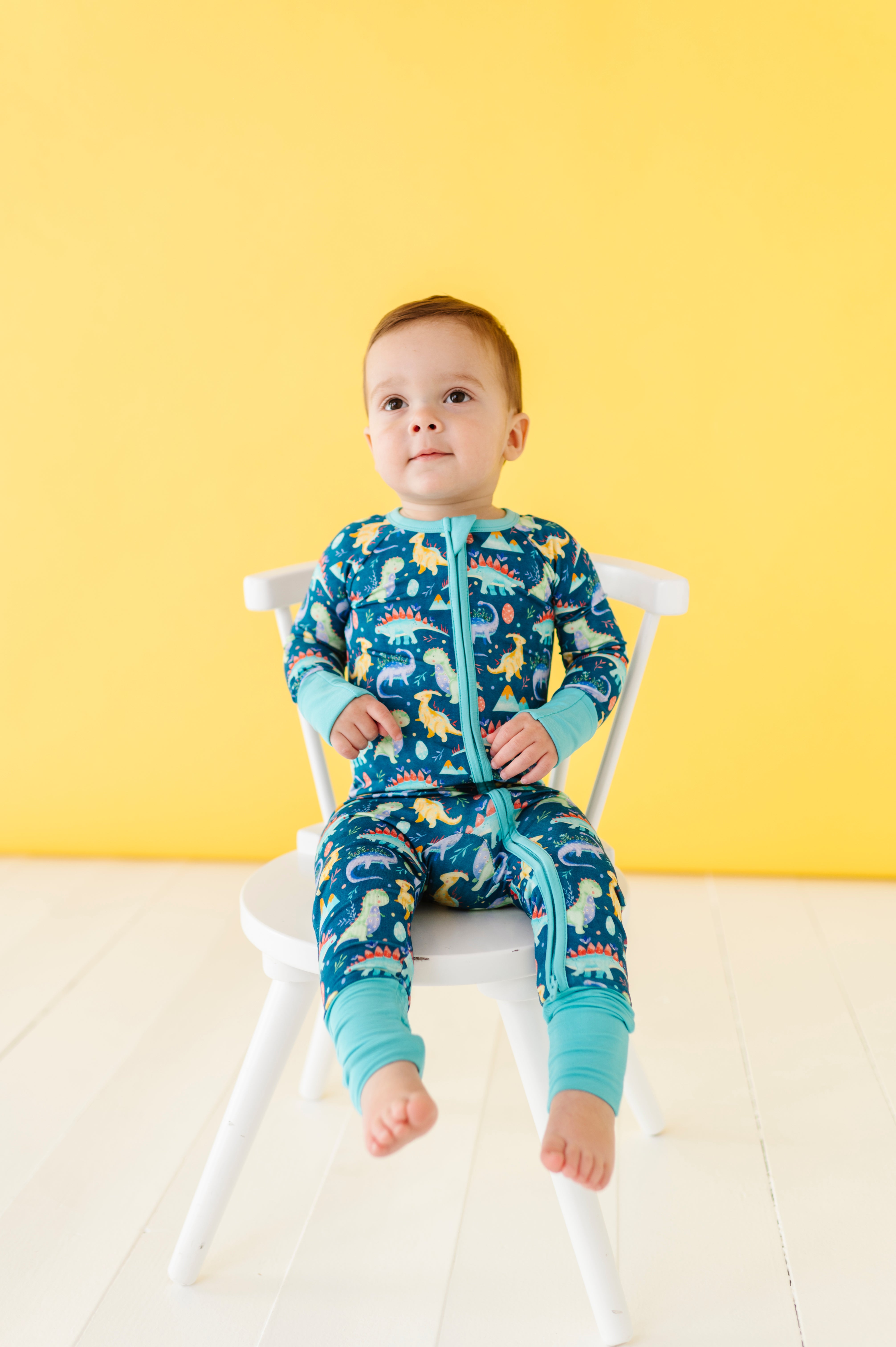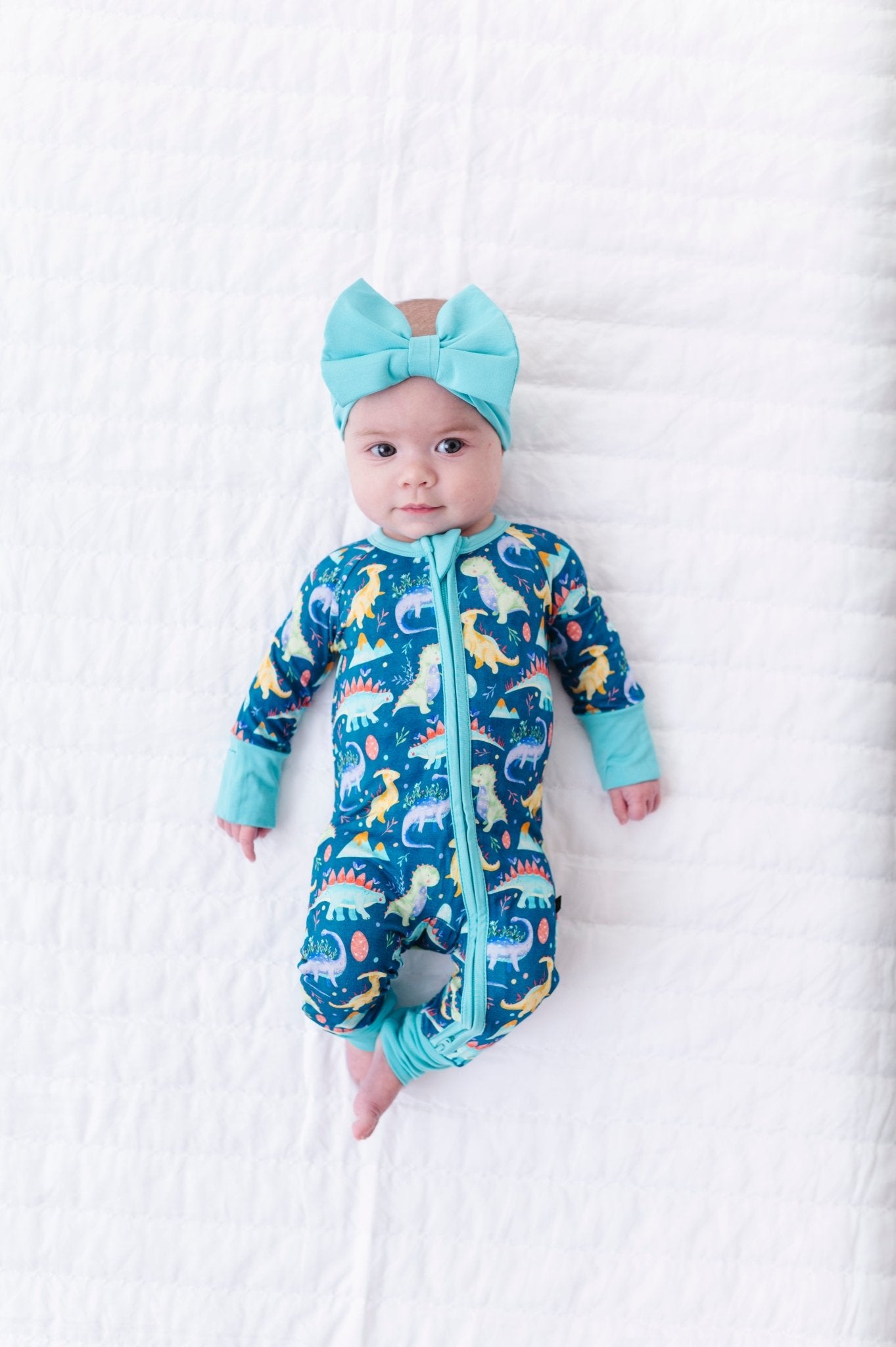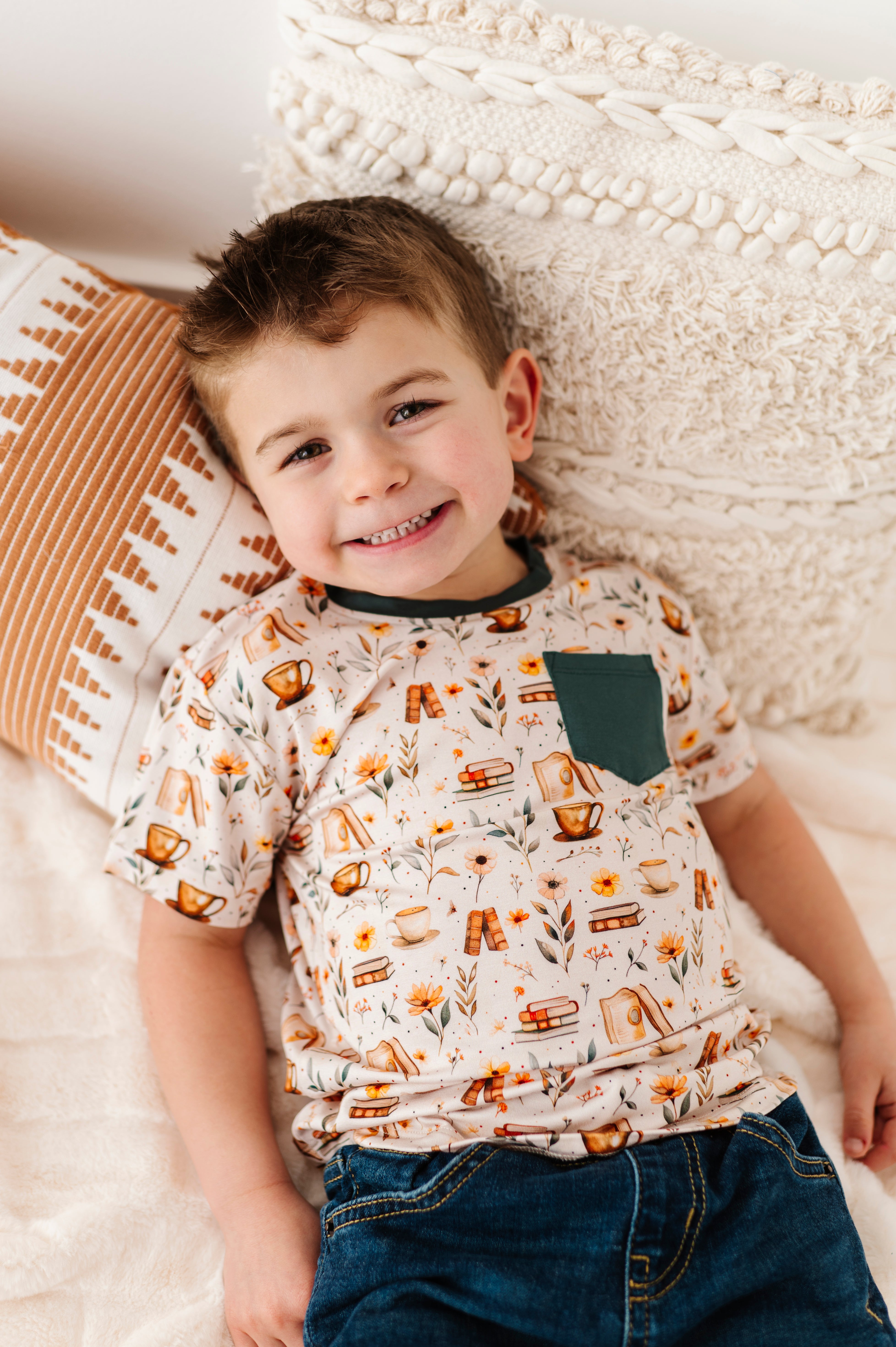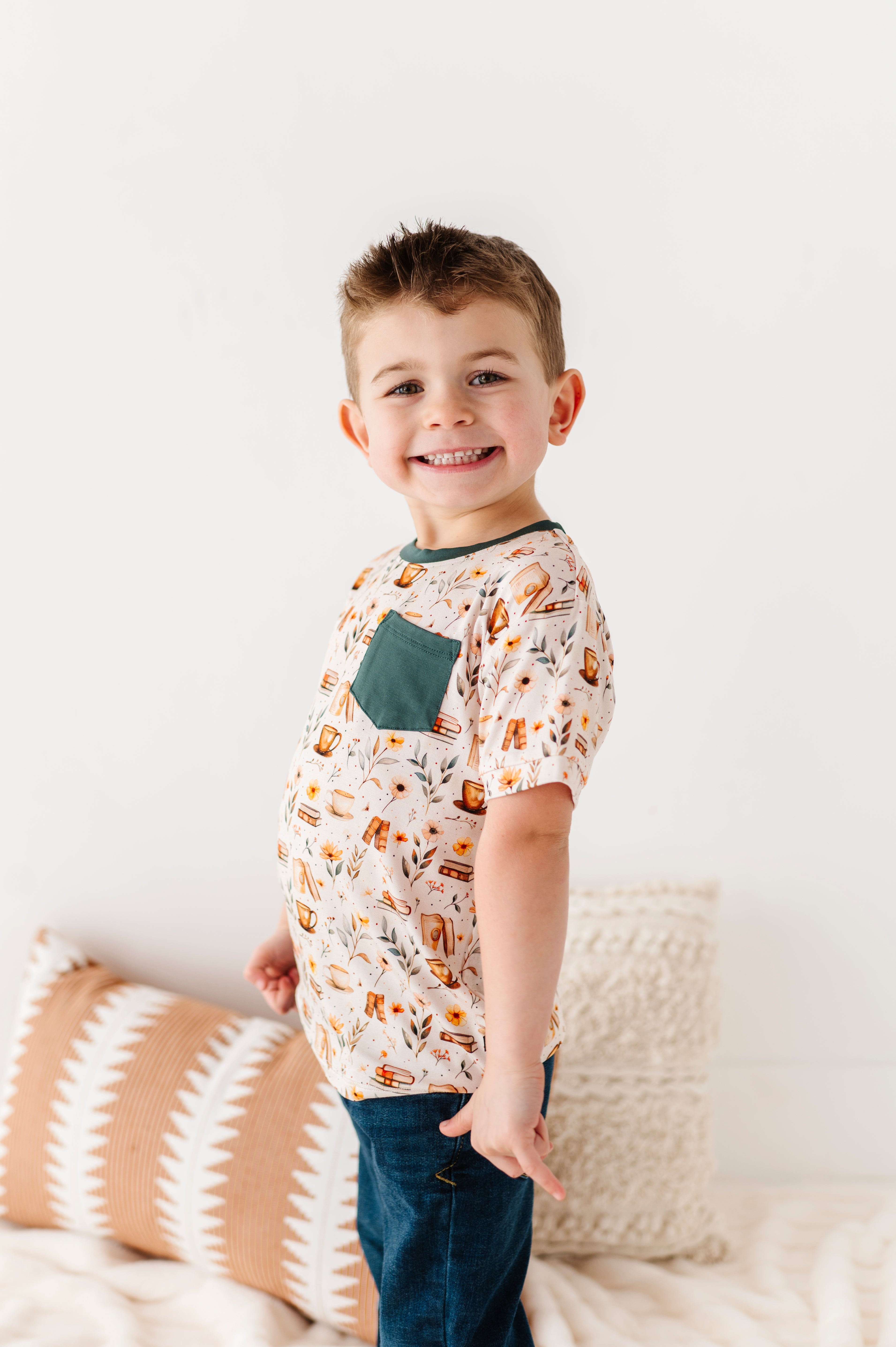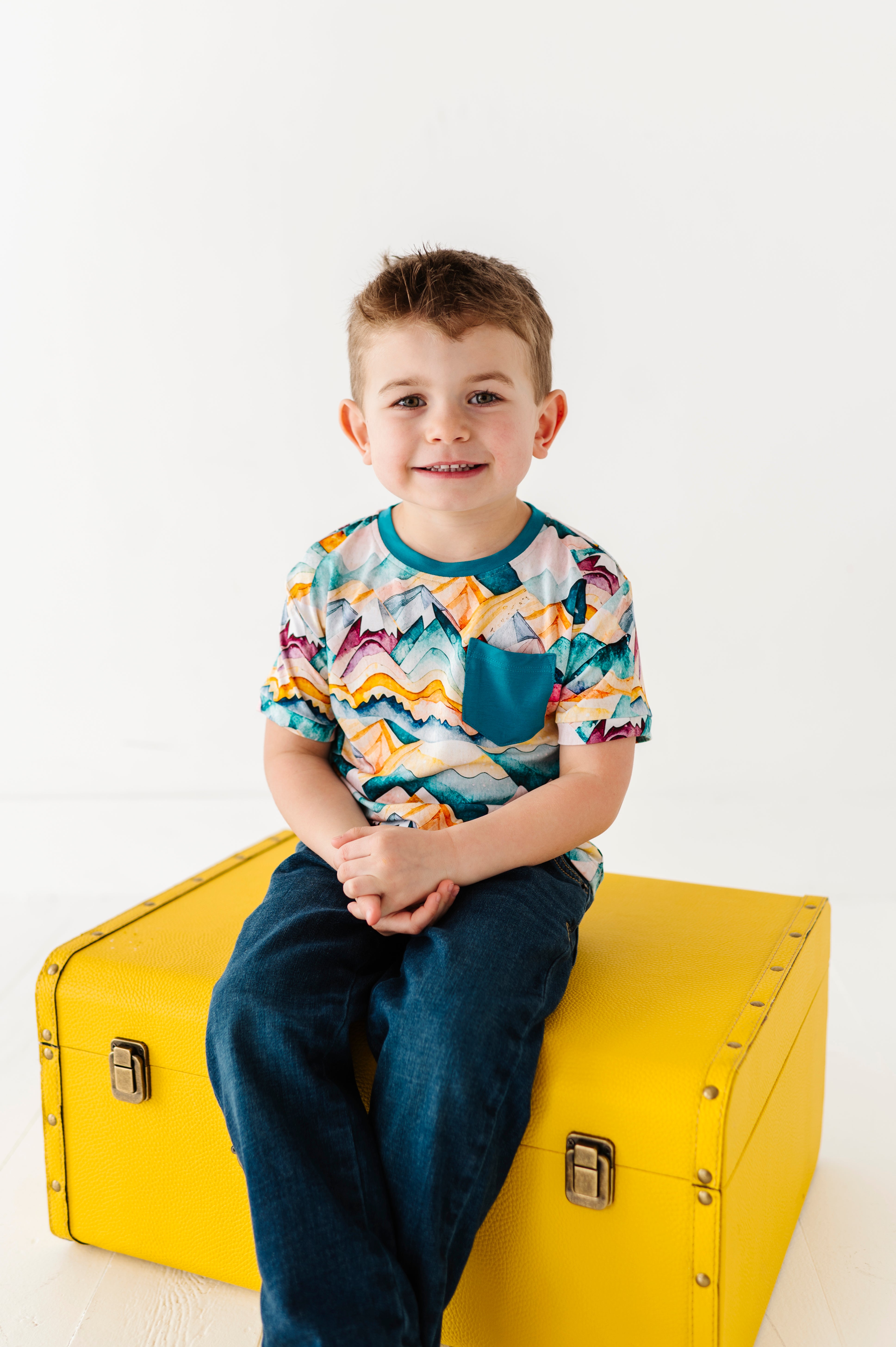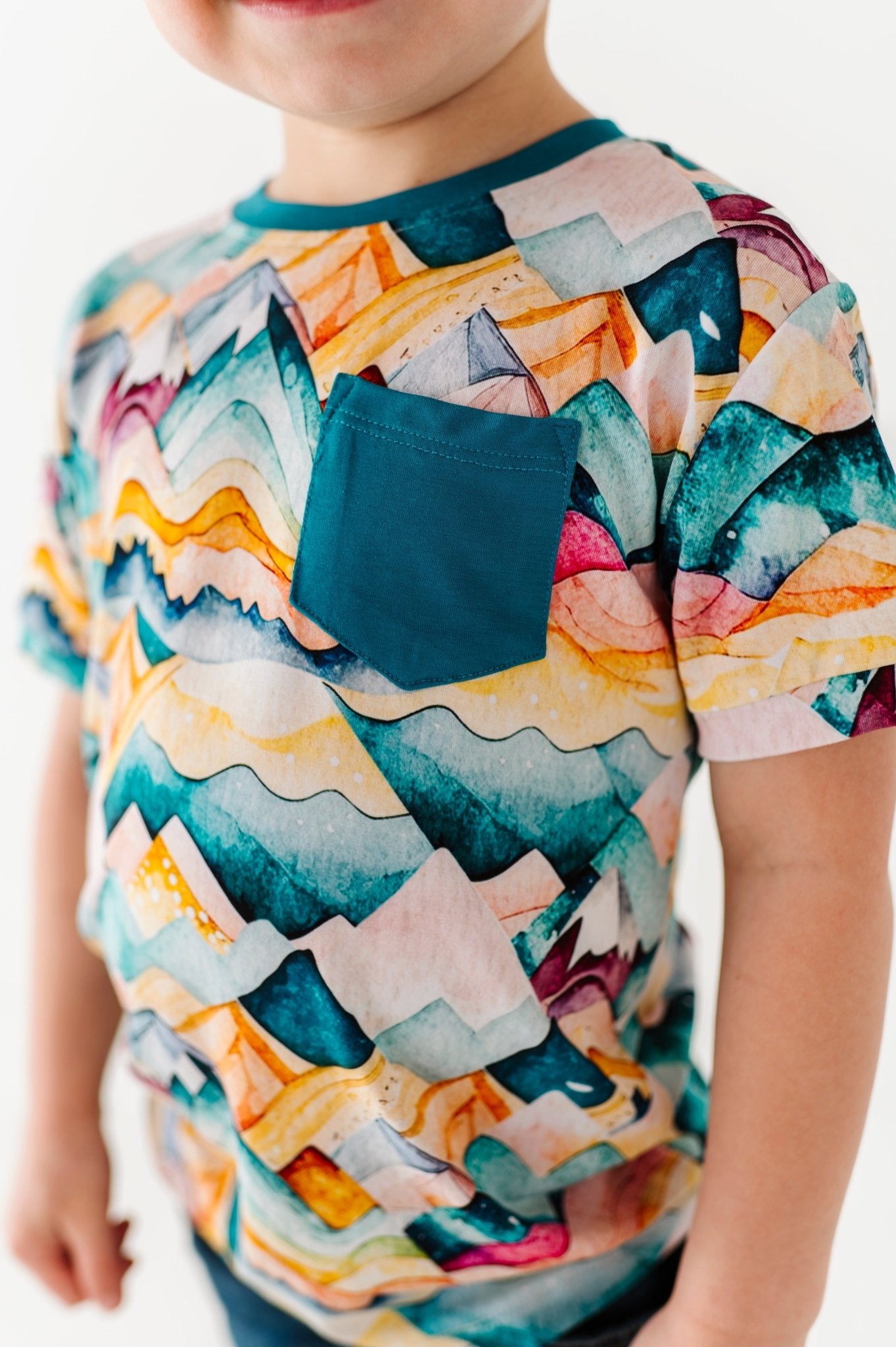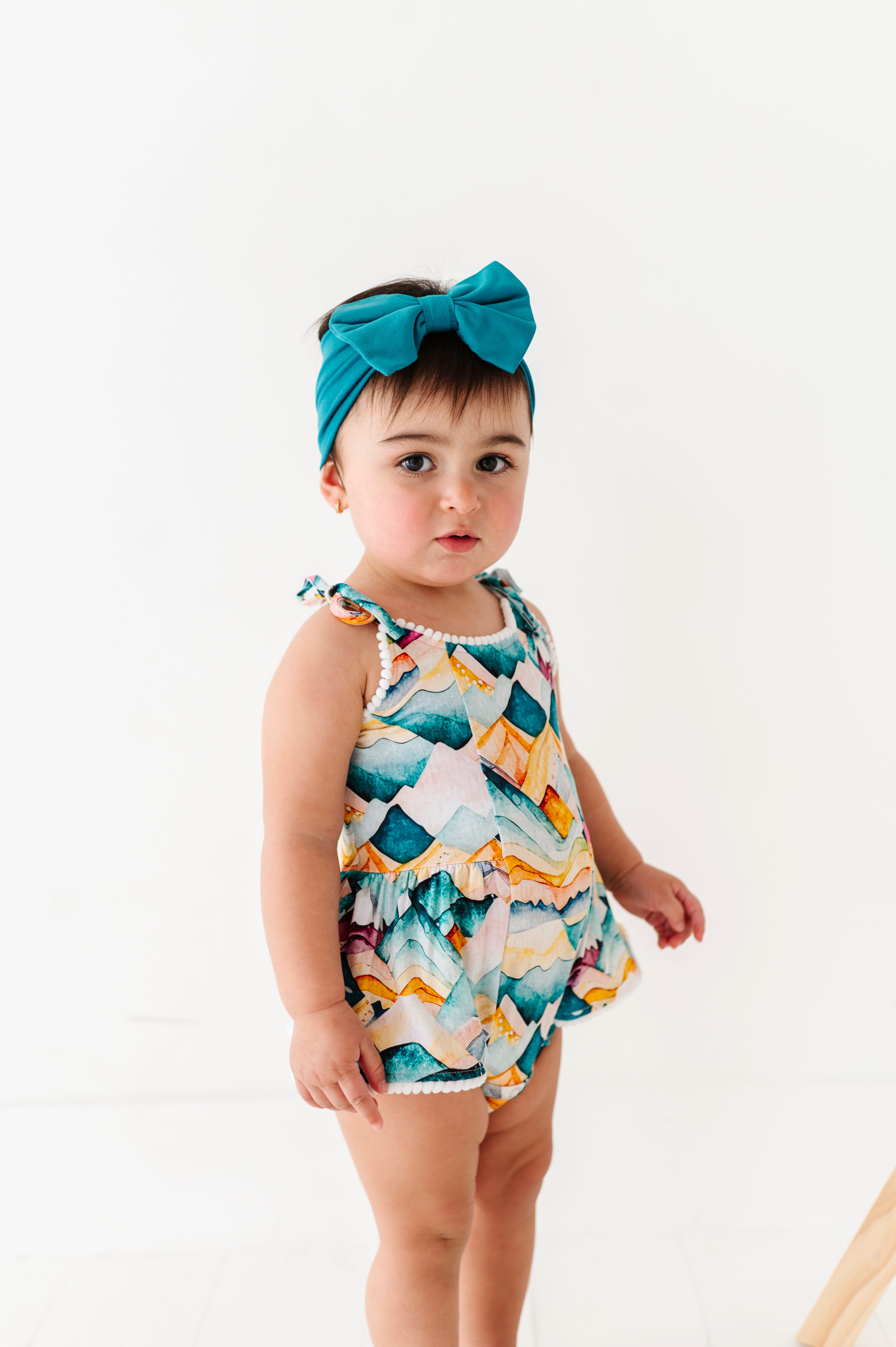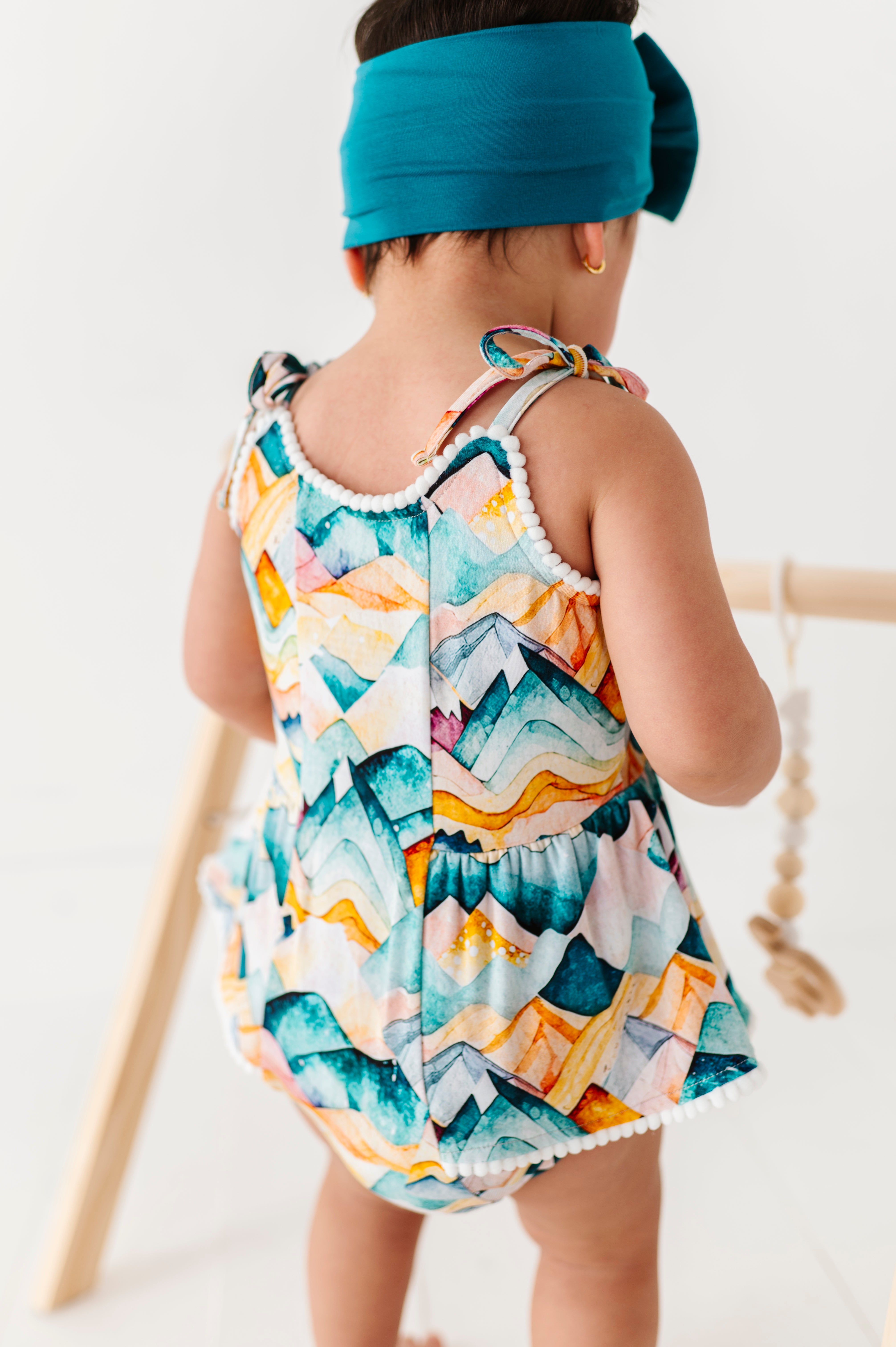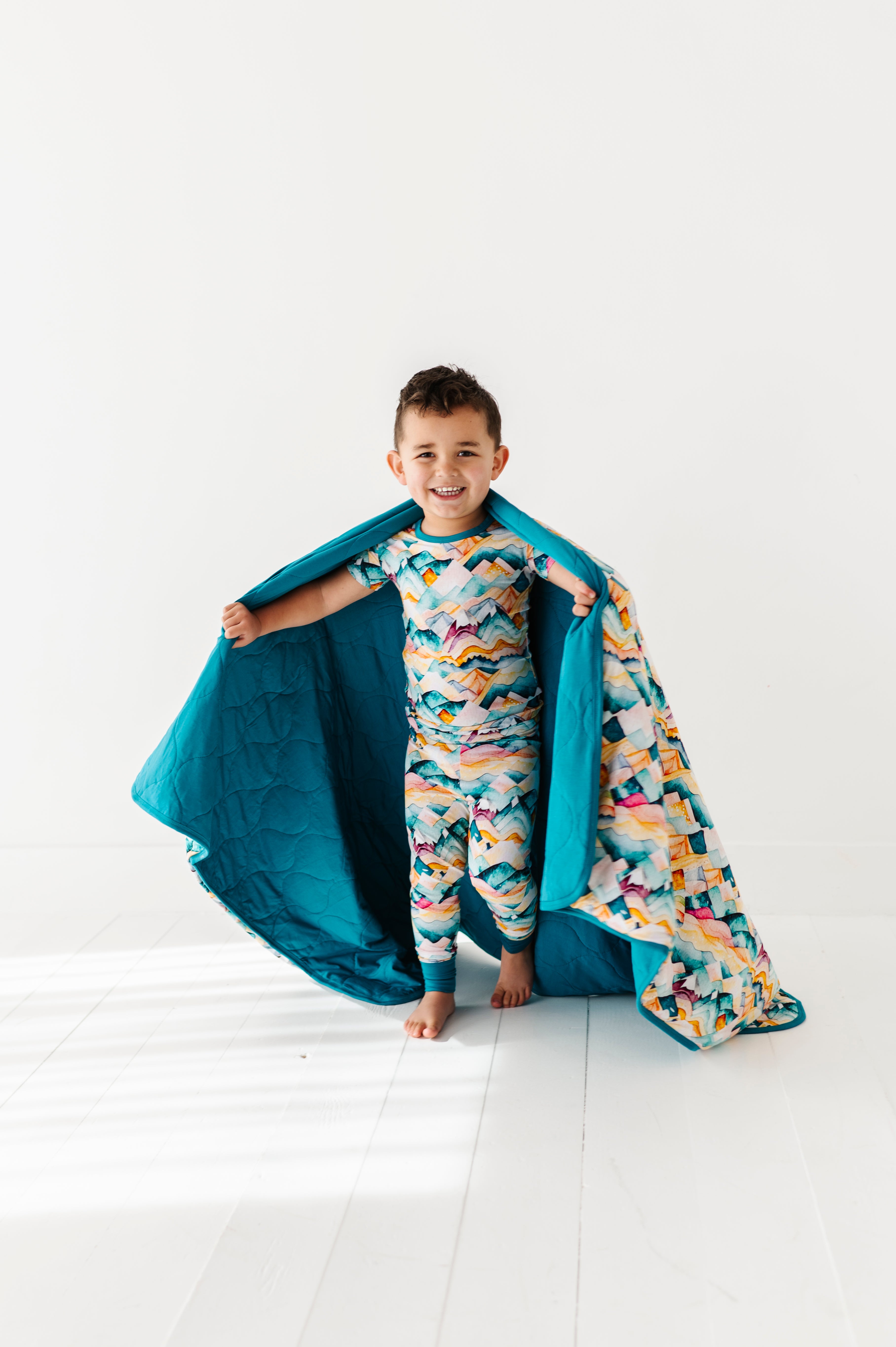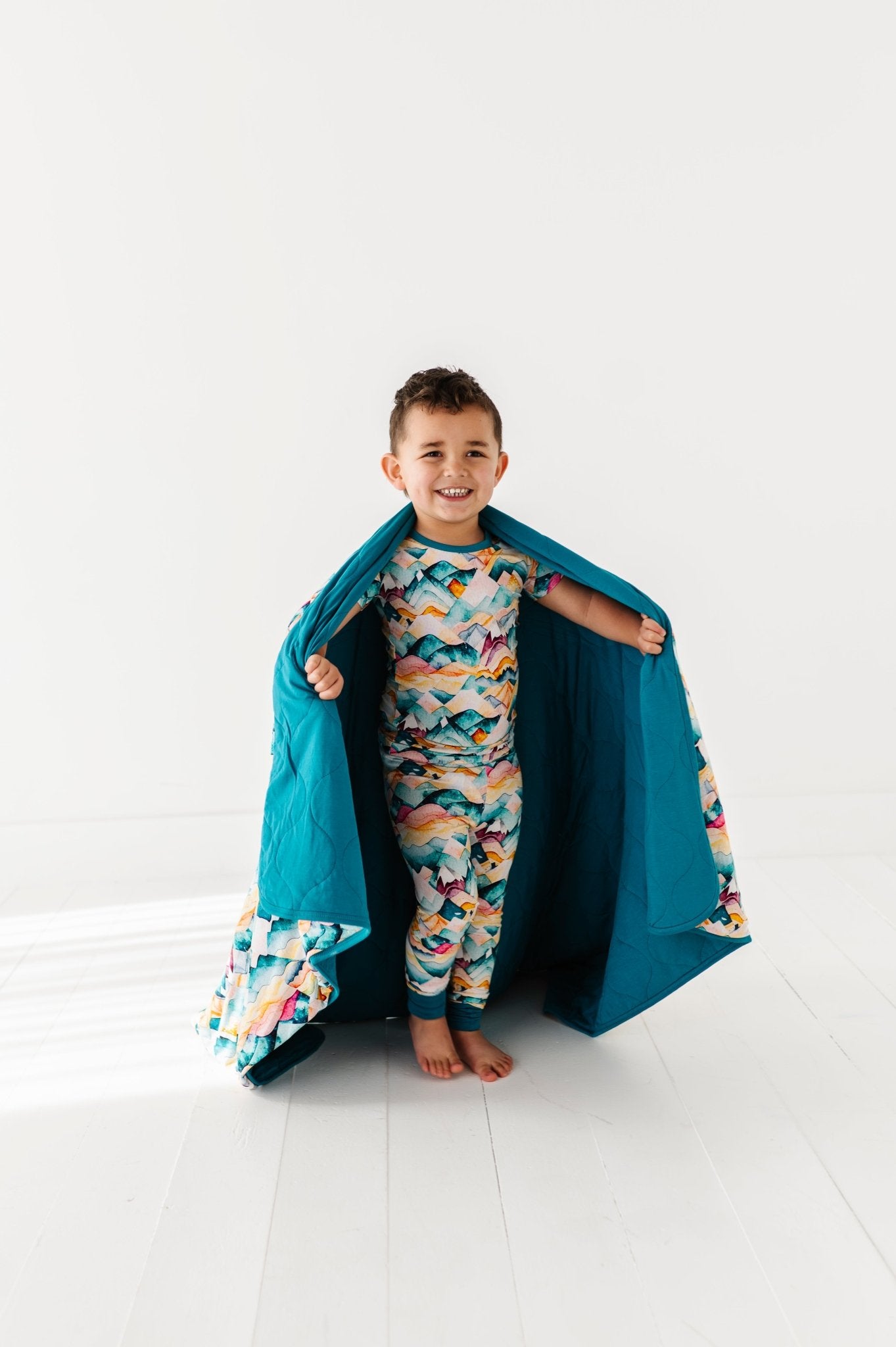At SleepySloth, we believe in sustainability and cater to thousands of people worldwide with the best and most comfortable fashion trends at an affordable price. Here, we use some of the most innovative bamboo fabric.
What is Bamboo Fabric?
Bamboo fabric is a textile derived from different bamboo fibers around the world. It is well known for its soft nature and many eco-friendly properties. Bamboo is a forest-growing plant that has been used to make fabrics for many decades, but it is only recently that the process of creating fabric from bamboo fiber has been perfected.
There are several types of environmentally friendly bamboo fabric that are sustainable and produced ethically. These bamboo fabrics are named after the method they are made: first on the list is the viscose method:
- Viscose Bamboo Fabric: the bamboo viscose is made through a chemical process known as viscose. The process was developed in the 20th century and is one of the affordable methods of producing bamboo fabrics. It creates a semi-synthetic material that mimics the quality of a silk material.
- Linen Bamboo Fabric: The linen method produces a coarser, more durable fabric. It is produced mechanically by crushing the woody part of the plant and adding an enzyme that breaks down the cell walls of the bamboo fibers to make a material that looks like linen.
- Lyocell Bamboo Fabric: lyocell bamboo produces a variant with a closed-loop process that uses a non-toxic solvent that breaks down the bamboo pulp. This method creates an eco-friendly material when bamboo fabric is made using this method. The fabrics from bamboo lyocell are lightweight, soft to the touch, and comfortable to wear.
Bamboo fabric has evolved from traditional Asian uses to a more modern and innovative application worldwide. This plant is now one of the most sustainable resources that absorbs carbon and produces more oxygen than other woods. Growing bamboo helps improve our soil quality and forest ecosystems' hydrological functions. One exciting feature of the bamboo plant is that it regenerates itself upon harvesting. Growing requires no pesticides or fertilizers and consumes only a tiny amount of water.
Importance of Bamboo Fabric in Textiles
- Bamboo is a renewable resource that grows quickly. Also, because it is naturally degradable, it causes no harm to the environment, requires no pesticide, and less water to grow.
- Bamboo fabric is versatile in application and is in demand in the market. It is used in clothing, bedding, and household textiles.
- Despite the softness of this fabric, it is durable and can withstand sun, frequent washing, and wearing without losing its quality.
Understanding Bamboo Fabric Production
After being harvested, bamboo is cut into smaller chunks to make transportation easy. It is then transported to the facility where it will be processed.
Mechanical Process
- Harvesting bamboo: the bamboo plant is cut and harvested for fiber extraction.
- Crushing and enzyme treatment: to break down fibers, the bamboo must be crushed and treated with natural enzymes.
- Combining and spinning fibers into yarn: the fibers are then combed and spun into yarn. The mechanical method boasts several advantages: it is durable and eco-friendly. However, this process requires a lot of time.
Chemical Process
- In this stage, the fiber is extracted and soaked in 14-20% sodium hydroxide at around 20°C for an hour or two. This will create alkaline cellulose.
- Sulfurization and dissolution into viscose solution: the cellulose is rinsed and dissolved into a viscose solution.
- The viscose is spun into fibers and solidified in sulfuric acid.
- The chemical method is soft, similar to rayon, but less eco-friendly.
Eco-Friendly Chemical Process
The modified lyocell process is an eco-friendly chemical that uses N-methylmorpholine-N-oxide in a closed-loop system, reducing environmental impact.
How to Use Bamboo Fabric
Choosing the correct type of bamboo fabric depends on the intended use. Each bamboo material has different properties that make it desirable for various applications. Bamboo viscose is suitable for everyday clothing, underwear, and baby wear. Bamboo linen is better for durable items like tablecloths, pants, and jackets. Bamboo lyocell is suitable for a wide range of applications. It can be used for both activewear and linens.
Bamboo Fabric Properties
Here are some interesting properties of bamboo fabrics you should know about:
- Breathability and Moisture-Wicking: Bamboo fabric is highly lightweight and wicks moisture away from the skin, keeping it cool and dry at all times.
- Softness and Hypoallergenic Qualities: bamboo fabrics have a soft feel, are easy to straighten, and are gentle on sensitive skin. They are anti-static, strong, and durable.
- Thermal Regulation and Durability: the fabric is excellent and helps regulate body temperature. It has excellent permeability, and it's great for hot weather.
- Antibacterial Properties: while some claims are exaggerated, the bamboo fabric does have some natural antibacterial properties.
Frequency of Bamboo Fabric
Bamboo materials are a growing trend in fashion and home textiles. They are also commonly used for:
- Underwear: its softness and breathability make it a perfect choice for intimate apparel. It reduces irritation and discomfort.
- Socks: bamboo socks are gaining popularity because they are moisture-wicking, soft, and have natural antibacterial properties that prevent odor and sweat.
- T-shirts: bamboo materials are an excellent choice for casual wear and physical activities. They are comfortable, have thermoregulatory properties, and keep the body dry.
- Sleepwear: bamboo linens are an excellent choice for sleepwear. They trap less moisture, are breathable, and provide comfort. Learn more about how to dress your baby for sleep.
Is Bamboo Fabric Breathable?
When compared with other natural and synthetic fabrics like polyester and nylon. These artificial materials trap heat and moisture against the body, making it uncomfortable and irritable, especially during physical activities. Bamboo fabric is more breathable, lightweight, and active in hot climates. This makes it an excellent choice during summer.
Disadvantages of Bamboo Fabric
While bamboo is an eco-friendly plant, the chemical processing of bamboo fibers can harm the environment. A good example is the viscose method, where the bamboo pulp is dissolved in a strong chemical, often sodium hydroxide, and the regeneration process also uses chemicals. If not properly managed, these chemicals can cause environmental pollution.
The bamboo linen doesn’t require chemicals. However, the process is significantly labor-intensive and costly. The mechanical method involves crushing the plant with a natural enzyme and combing the fibers.
Another common issue with bamboo fabric is a misleading market. Most products out there labeled as bamboo fabric are rayon. However, a product produced through the viscose method stripped bamboo of its natural prosperities. Companies and brands need to label their product correctly to prevent misleading claims.
Is Bamboo Fabric Good for Skin?
At The Sleepy Sloth, our bamboo fabrics are praised for their hypoallergenic properties and benefits for sensitive skin. The fabric made from bamboo is soft, has antibacterial and antifungal properties, is breathable, and has thermoregulatory properties. Here are what our users have to say:
“I switched to bamboo pjs a year ago, and it’s been a game-changer for my sleep quality. They’re incredibly soft and comfortable, especially perfect for hot summer nights. Knowing they’re eco-friendly makes me feel good about my choice.” - Janet.
“I have sensitive skin and used to struggle with finding comfortable sleepwear. Your Bamboo pj’s have been a revelation. It’s gentle, hypoallergenic, and doesn’t cause me any irritation. I love it! - Mark.
“I bought bamboo jammies for my twins, and they're still their favorite. They dry quickly and don’t get that musty smell like cotton. I think we need more bamboo Jammies. - Lisa M.
“Using bamboo baby clothes for my newborn has been amazing. They’re incredibly soft and gentle on her delicate skin. I also appreciate that they’re naturally antibacterial, which gives me peace of mind.” - Emma.
Scientific Fact About Bamboo Fabric
Here are some interesting scientific facts about bamboo fabrics and why you should consider them as an environmentally friendly alternative:
- Antibacterial properties: according to the Journal of Textile Science and Technology, bamboo fabric has incredible antibacterial properties and prevents common bacteria like Staphylococcus aureus and Escherichia coli.
- Sustainability and Eco-Friendliness: An International Journal of Life Cycle Assessment emphasized the benefits of bamboo fabric production to the environment. Bamboo is a hundred percent sustainable and requires little to zero pesticides for growth. Comparison with other hypoallergenic fabrics.
- Hypoallergenic Qualities: research in “Dermatology Reports" found out people with sensitive skin experienced fewer symptoms or irritation when using the bamboo fabric. This is because the bamboo fibers are round and smooth and cause no friction.
Additional Tips for Consumers
High-quality bamboo fabrics can be identified by their texture, weave, and eco-friendly certificate. Bamboo fabrics produced from harmful chemicals come with certification from OEKO-TEX or Global Organic Textile Standard (GOTS).
It is essential to purchase ethical and sustainable fabric to avoid any hazards. Mechanical methods manufacture the most high-quality bamboo. Bamboo fabric is breathable, and it stretches more than cotton. To maintain this fabric, you will need to watch by hand. Avoid using bleach or washing machines. Dry by air and fold neatly. For more tips on baby travel essentials and gifts for new parents, check our detailed guides.
Conclusion
Producing sustainable fabrics from bamboo fibers is a process that’s far from being simple. However, it’s a sustainable and eco-friendly alternative.
At Sleepy Sloth, we offer trendy bamboo sleepwear and children's clothing that are soft, comfortable, and durable. We have earned various certifications that qualify us to produce original clothing made from bamboo fabrics for you and your loved ones.
Frequently Asked Questions
How To Dye Bamboo Fabric?
Bamboo fabrics can be dyed in two ways; the first method is to weave the fabric after extracting, and then the fabric can be dyed to add color. The second dyeing method is to pre-dye the bamboo fiber to add color and then continue to weave.
Is Bamboo Fabric Recyclable?
Bamboo fabric is lightweight, breathable, and durable. Its natural properties make it possible to recycle it to create new products. Recycling bamboo fabric helps reduce environmental impact.
What Are the Different Types of Bamboo Fabric?
Baboon viscose, bamboo linen, and bamboo lyocell are all different types of bamboo fabrics that are durable and comfortable.
How Do You Care for Bamboo Fabric?
Please wash by hand with cold or warm water, avoid harsh chemicals or bleach, and air-dry to maintain its color, softness, and durability. Following the manufacturer's washing and care instructions is essential to preserve your bamboo fabric's original feel.
Are There Any Disadvantages To Bamboo Fabric?
If harsh chemicals are used, they can impact the environment. Also, mechanical processing can be costly. Additionally, some misleading marketing claims can misrepresent the eco-friendliness of certain bamboo products. However, all bamboo products are safe and healthy at The Sleepy Sloth.
